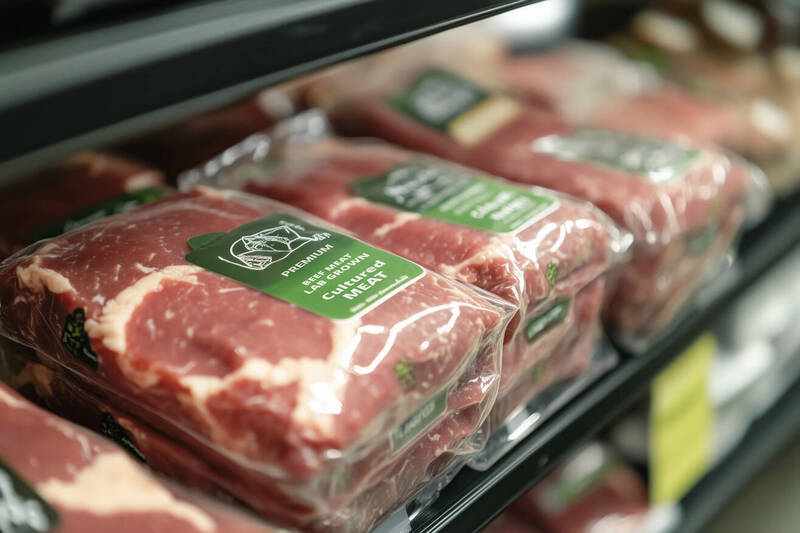Meaty labels for items made from farmed meat are crucial for assisting consumers

AdobeStock_1328593225
In addition to increasing European food security and diversifying our protein source, farmed meat and ingredients can also spur green economic growth and lessen the effects of climate change. However, customers need to feel secure about the food they are consuming if they want cultured meat to fulfil its potential.
GFI Europe commissioned strategic insight agency Opinium, to explore the underexplored research area around how nomenclature and labelling can support consumers to understand what cultivated meat is and how it differs from conventionally produced meat. GFI Europe wanted to understand how different terms and descriptions convey that cultivated meat and seafood products are:
- Not made by farming or catching animals or seafood.
- Not made from plant-based ingredients.
- Compositionally the same as meat or seafood and should therefore not be consumed by people with relevant allergies.
Results show that, across all markets, consumers are more likely to confuse cultivated meat with plant-based meat products than with conventional meat when presented with a full label. While 80% of consumers were able to differentiate cultivated meat from conventional meat when presented with a front-of-package image and label, just 67% could differentiate it from plant-based meat.
This reinforces the need for cultivated meat and seafood products to be able to use ‘meaty’ names in their labelling to ensure consumer understanding, and therefore safety, according to Seth Roberts, senior policy manager at GFI. For example, if consumers with allergies to seafood are unable to differentiate cultivated salmon products from plant-based salmon products, they may be at risk of consuming products to which they are allergic.
“To ensure consumer safety, policymakers and regulators must enable cultivated meat producers to use ‘meaty’ terms in their labelling – including generic names such as ‘fish’ or species names such as ‘beef’ – to provide additional allergenicity signifiers to support consumer understanding,” he said.
In the research, terms that could be considered as negative, including the qualifier “artificial” and the descriptor “made from synthetic protein”, scored the weakest for enabling consumers to correctly identify the allergenicity risks of cultivated meat products. Only 32% of respondents who saw a label with “artificial” were able to correctly ascertain allergenicity risks compared to almost double this figure for terms like “cultivated” [55%] and “cultured” [58%].
Consumers also rated these negative terms as being “too technical”, “misleading” and “unappetising”.
“There is therefore a strong consumer safety justification for regulators avoiding mandating the use of these negative terms for cultivated meat and seafood products,” Roberts added. “This is in addition to already well-evidenced concerns that these terms are inaccurate descriptors of the cultivated meat manufacturing process at scale.”
In the research, “cultivated” and “cell-cultivated” were chosen as the clearest qualifiers by the greatest number of respondents across Europe, and “made from cellular agriculture” was chosen as the clearest descriptor.
The research suggests that appropriate nomenclature and labelling can play an important role in supporting consumer understanding of cultivated meat and ingredients. However, uncertainty remains for consumers regarding this new way of producing meat, and appears to impact how confident they are in their understanding of products and production techniques.
In Iate 2024, GFI Europe commissioned strategic insight agency Opinium to conduct consumer-facing research in France, Germany, Spain, Switzerland and the UK. We analysed a sample of the nomenclature (“cultivated”, “cell-cultivated”) and the descriptors (eg, “made without farming animals”) that could appear on the front of packaging for cultivated meat, seeking to uncover what helps consumers understand what cultivated meat products are and how they are made.






